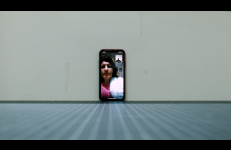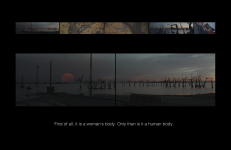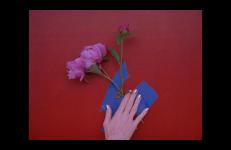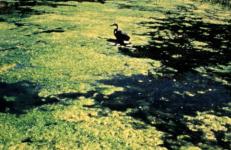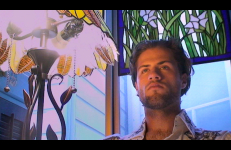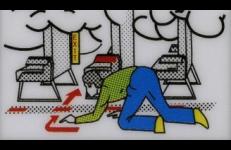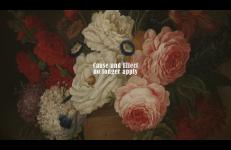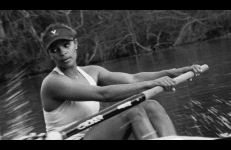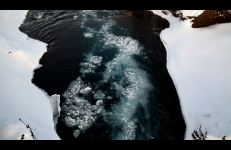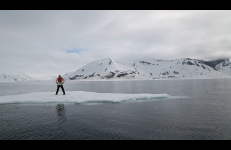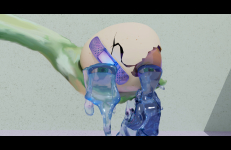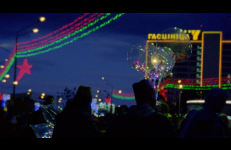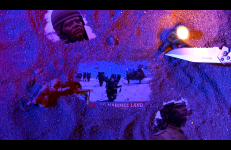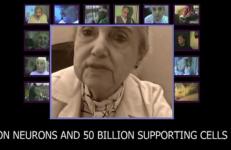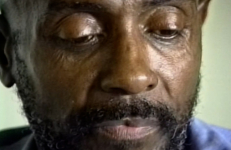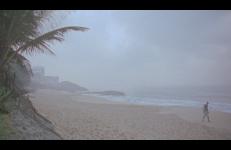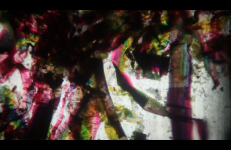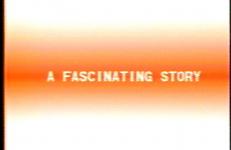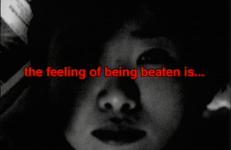Through poetic juxtaposition of the virtual landscape of the phone, the calm landscape of the cabin, and the chaotic landscape of memory, 1991 paints a cruel image of the horror of war and separation.
Memory
The sonic fabric of 2nd Person, [originally] a multi-channel video installation, is formed through an array of women’s voices orchestrated as parallel tracks in a musical composition. The speakers, all women I have intimately known at different points in my life -- my child, my mother, my best friends, students, mentors -- talk with me about aging, growing up, death, motherhood, love and loss.
Shot in video-8 at the 1988 Chicago Auto Show, this work examines the artist's personal history with automobiles against the back-drop of an auto plant closing in Kenosha, Wisconsin. The personal stories of real life relationships between people and their cars is dramatically counterposed to the glaring commercialism of the automobile industry and the economic crisis that industry has imposed on the American union workers.
3 Peonies is a brief, poetic 16mm film of a simple sculptural action. What becomes apparent is the humor possible in material interactions and the tender and sometimes melodramatic symbolism of cut flowers. The reverence for beauty ends up pointing towards the abstract expressionism and color field painting of high modernism that, in many cases, eschewed the banality of such ‘natural’ beauty.
A video poem about memory and loss. The abstraction in the meaning of words and how they become more dynamic in our consciousness.
This is a re-destroyed film that I was unable to finish in 2013. Filmed both in ruins: at the Sutro Baths in San Francisco and in final domestic spaces occupied with a former partner. Film was destroyed in ocean water.
An artist looses faith in the world his brush depicts... A "Romeo’s" wounded heart causes him to shun intimate connections with others, and a "poets" struggle with domestic situations hinder his ability to create words of beauty... See and hear it all for yourself.
This title comprises Indigo Moods (2018), Fallen Angels (2013), and The Alphabet Garden (2018) which were compiled into this form by Mike Kuchar in 2022.
A Pilot For A Show About Nowhere is a two-channel video that examines the politics of television viewership, incorporating footage from a number of sources to create a plurivocal narrative.
In an upmarket house surrounded by an idyllic garden, there is no trace of human presence, even though a family obviously lives there. Voices, sounds and superimposed text create a feeling of disquiet whose origin continually escapes us. “A house can feel pain”… Playing on a doubling of vignettes against a black background or on a sound design that brings the off-screen world to life, Shelly Silver resuscitates the memory of this space, if only because a “house is a subconscious… a body…” And what if all this opulence and comfort were based on the exploitation of others?
Paulette Jones Morant waxes poetically about being one of the first Black Women scholastic athletes at the University of Virginia.
This title is only available on Can You Move Like This: Black Fire.
Paulette Jones Morant waxes poetically about being one of the first Black Women scholastic athletes at the University of Virginia.
This title is only available on Can You Move Like This: Black Fire.
The two related compilations of Julia Hechtman's video works titled Acts of Disappearance: Death and Acts of Disappearance: Environmental document twenty years of the artist's ongoing exploration of life, death, and humanity's place in time and space. The pieces are often performative, gestural, or conceptual in their clean and elegant examination of messy and complex ideas.
The two related compilations of Julia Hechtman's video works titled Acts of Disappearance: Death and Acts of Disappearance: Environmental document twenty years of the artist's ongoing exploration of life, death, and humanity's place in time and space. The pieces are often performative, gestural, or conceptual in their clean and elegant examination of messy and complex ideas.
An animation developed from the collective experiences of a diverse group of LGBTQIA+ people to create a narrative. The result is a queer valentine having a fever dream.
A tone-poem in blue and red.
Blue > a soundtrack melted out of a Cyndi Lauper CD leads into an(other) attempt to find a way through the fog of recent years. Filmed between the Carpathian Mountains, Vilnius punk clubs and the Belarusian Independence Day celebration in 2019; inspired by the work of the late filmmaker Jonathan Schwartz.
Red > a structuralist diary: mood + sea + movement. A long fade, an index of one kind of everything at once, a soft immersion. Filmed in / around Marseille between 2021-2022.
Through collage, Alazeef shows the dreams and the fears of a typical Iraqi soldier, a week before the 1991 Desert Storm, compared to the huge war machine. Through poetic narration, Alazeef humanizes the "enemy" and separates the people and soldiers on both sides from political agendas. The control of the mise-en-scene gives the film a radiant surreal feeling.
“When I moved to Hudson Valley, NY state in 1984 after being tied to Tehching Hsieh in his ART/Life: One Year Performance, I began meeting remarkable elders over 80, and sometimes 90, years old. They became my mentors, guides, friends, helpers and spiritual directors. I took hours and hours of my footage to video artist Tobe Carey and he and I collaged it together collaboratively to make this document of these helpers along the way.”
--Linda Montano
“When I moved to Hudson Valley, NY state in 1984 after being tied to Tehching Hsieh in his ART/Life: One Year Performance, I began meeting remarkable elders over 80, and sometimes 90, years old. They became my mentors, guides, friends, helpers and spiritual directors. I took hours and hours of my footage to video artist Tobe Carey and he and I collaged it together collaboratively to make this document of these helpers along the way.”
--Linda Montano
"I asked the inmates in my Art Group on the HIV/AIDS unit - Del Norte to talk about their experiences from the womb to the present moment. Here are their stories."
–Wendy Clarke
A found footage film with no found footage. A study in aphorisms: The Sad Tropics, un-attributed master paintings and mis-attributed artifacts alongside the history of denim. Signs, myths and legacy are questioned and revised.
The Diaspora Suite
Oscillating between a street festival in Philadelphia, the slave forts and capitol city of Ghana, and the New Jersey shore, American Hunger explores the relationship between personal experience and collective histories. American fantasies confront African realities. African realities confront America fantasies.
This is the audiovisual translation of the Walter Benjamin's Theses on the Philosophy of History.
"This is the first of a set of pieces that involve combining a series of electronic video process recordings, musics, texts and appropriated materials. These multiple elements, simple and tricky grammars, trigger expanding electronic narratives. The trajectories and drags of multiple narratives color the electronics and visa a versa.
Another Clapping explores the relationship triangle between a daughter, her mother and the Chinese Cultural Revolution. It is an experimental documentary based on the mother's violent past with its traumatic political history and an unsuccessful marriage. Through their subsequent experiences as immigrants in Canada and the complex process of remembering and reviewing the past, history comes to signify the characteristic of the individual. The tracing of memory illuminates the difficulties of identifying mother and daughter as different people.




